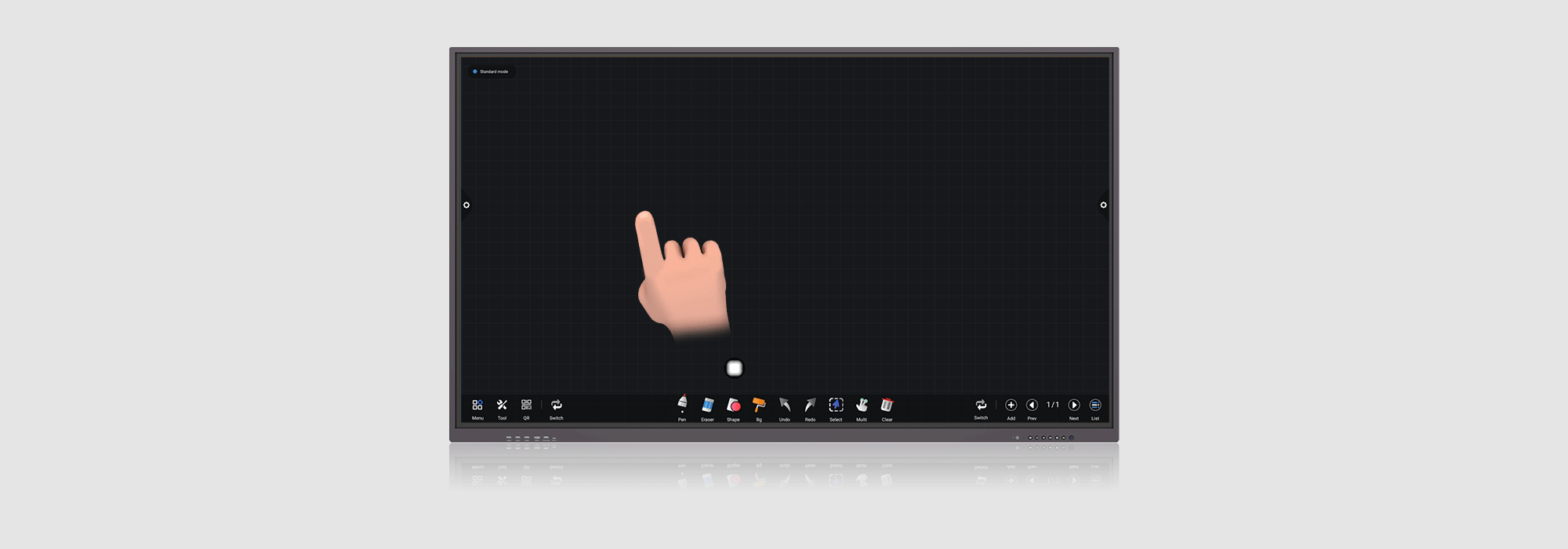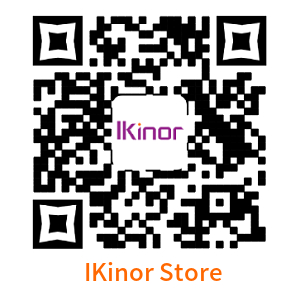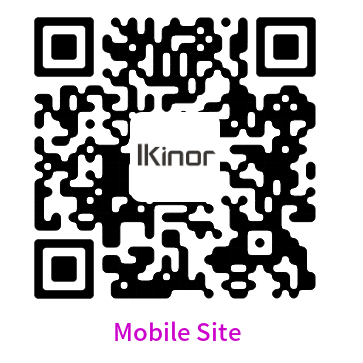As technology continues to redefine the way we interact with the world, it’s no surprise that classrooms are also embracing new tools and techniques for learning. One such innovation is touch screen technology, which has revolutionized the way teachers and students collaborate in the classroom. With just a tap of a finger, students can now engage in interactive learning experiences that foster communication and cooperation. In this blog post, we’ll explore how touch screens are transforming education by breaking down barriers to collaboration and empowering students to take an active role in their own learning journey. So let’s dive in!
What is touch screen technology?
A touch screen is an electronic visual display that can detect the presence and location of a touch (usually by a finger or hand) within the display area. Touch screen technology has become very popular in recent years, and for good reason. With touch screens, users can interact with their devices using just their fingertips. This makes it easier for people to use devices, as well as making them more accessible to a wider range of users.
Benefits of using touch screen technology in learning environments
Touch screens have become an essential part of student-centered learning environments. They allow educators to create a more engaging and interactive experience for their students.
Some of the benefits of using touch screens in student-centered learning environments include:
1) Increased Engagement. Touch screens allow students to be more engaged in the classroom environment. They can interact with the material on the screen in a variety of ways, making it easier for them to learn and retain information.
2) Improved Collaboration. Touch screens make it easier for students to collaborate with one another. They can share notes, assignments, and ideas easily without having to switch between different forms or platforms. This boosts teamwork and collaborative efforts in the classroom.
3) Enhanced Creativity. Touch screens allow for creative expression and collaboration. Students can use them to create multimedia presentations, sketches, or diagramming workflows. This helps them develop critical thinking skills and creative problem solving abilities.
Conclusion
The increasing use of touch screens in student-centered learning environments has revolutionized the way students and professors interact. This technology allows for a more hands-on and interactive learning environment, which not only improves engagement but also boosts creativity. By providing students with access to resources and tools through touch screens, educators are able to facilitate deeper learning and help students build critical thinking skills. If you want to know more details, why not contact Ikinor right now!



